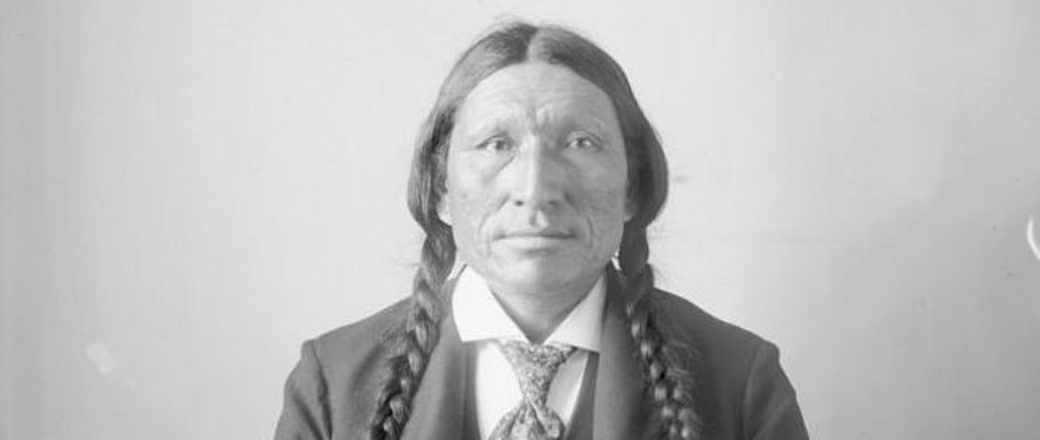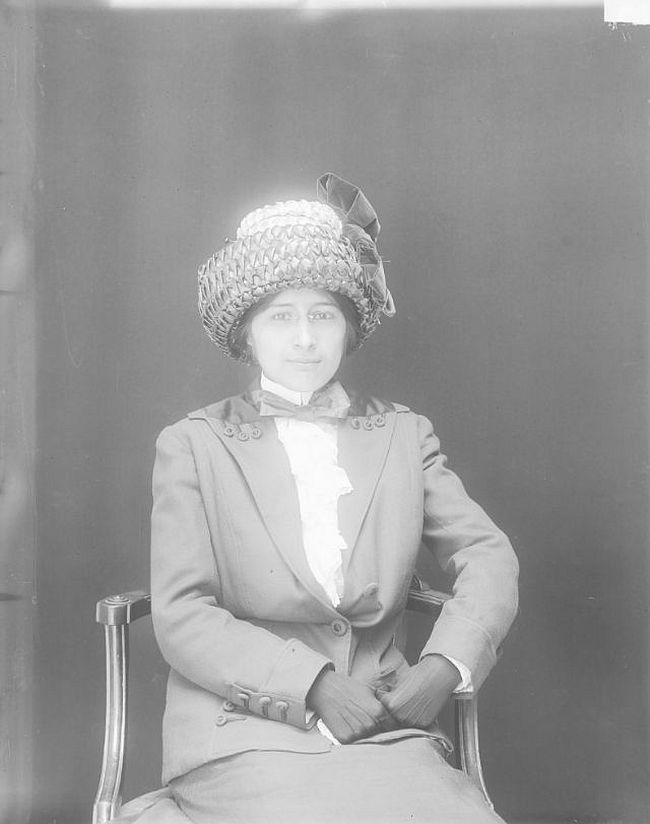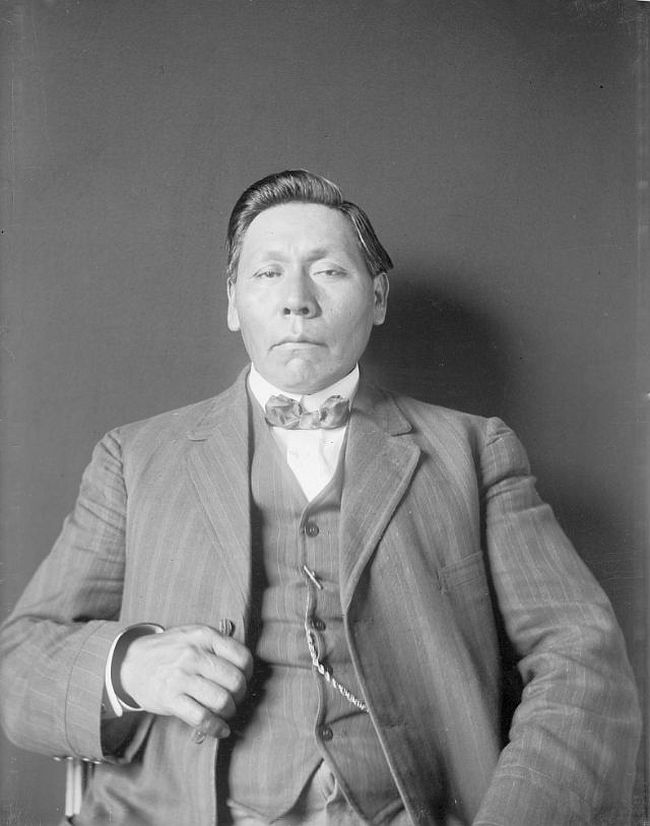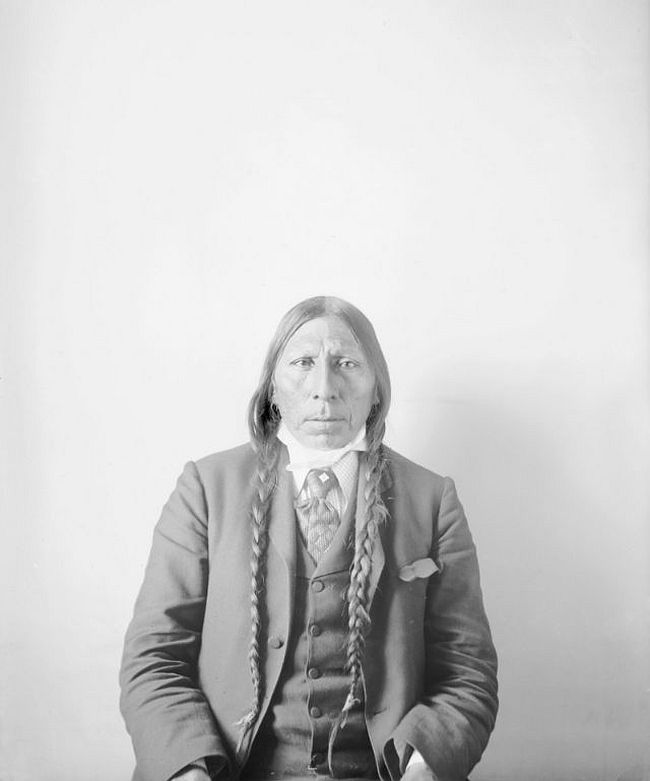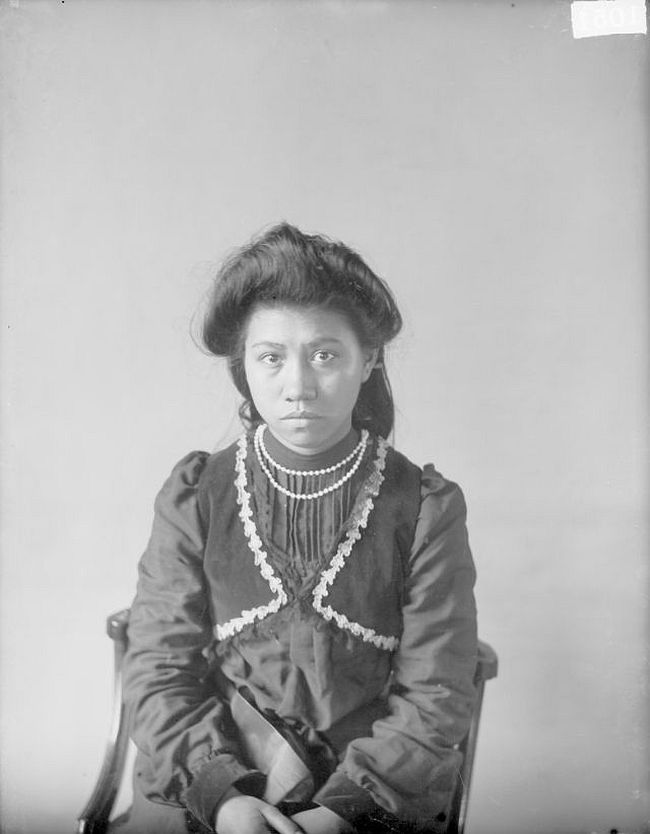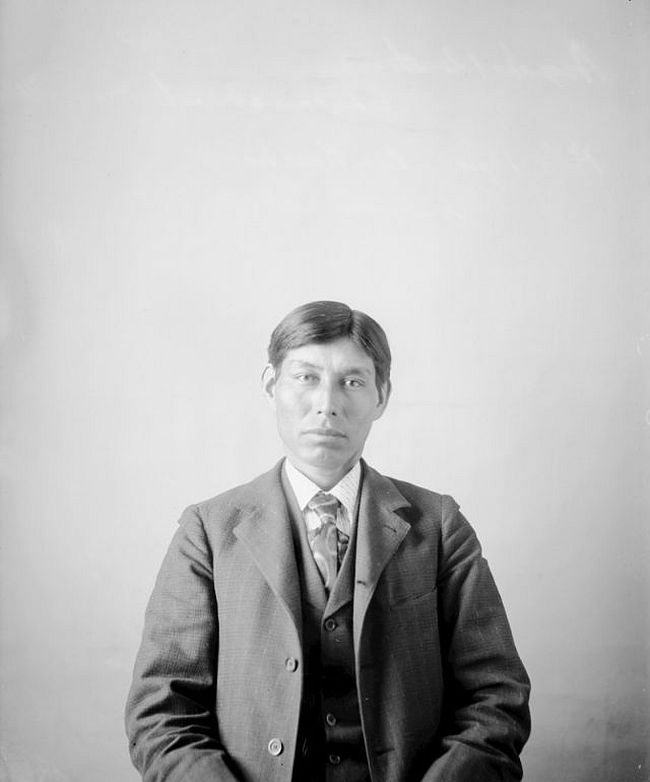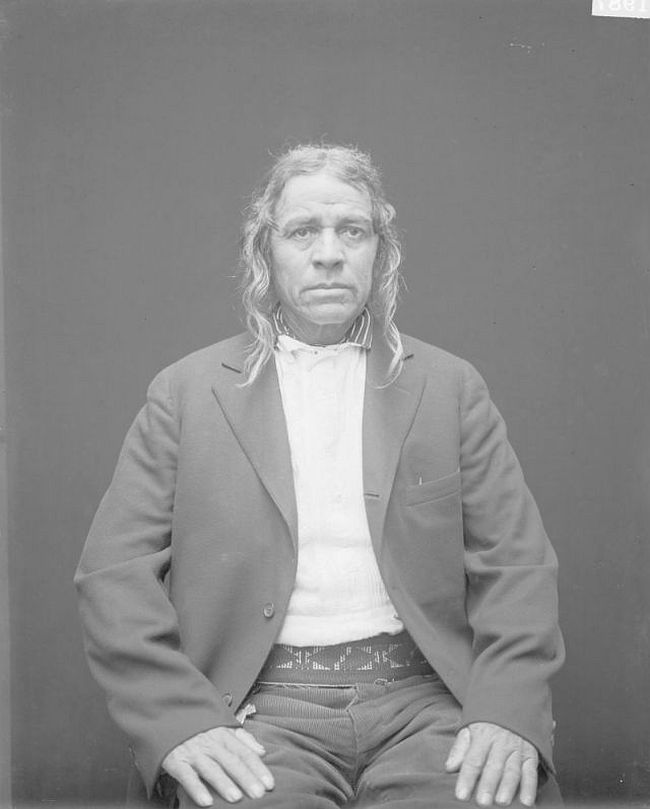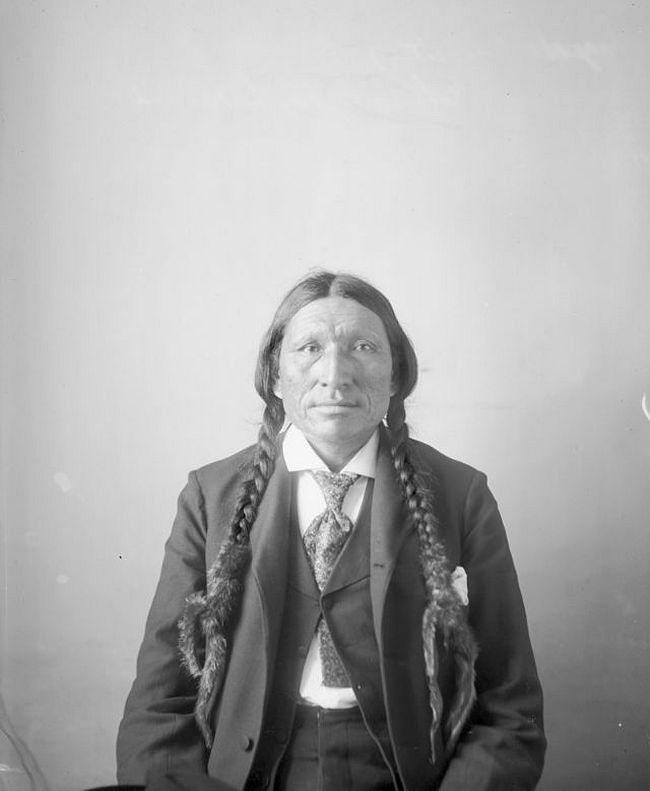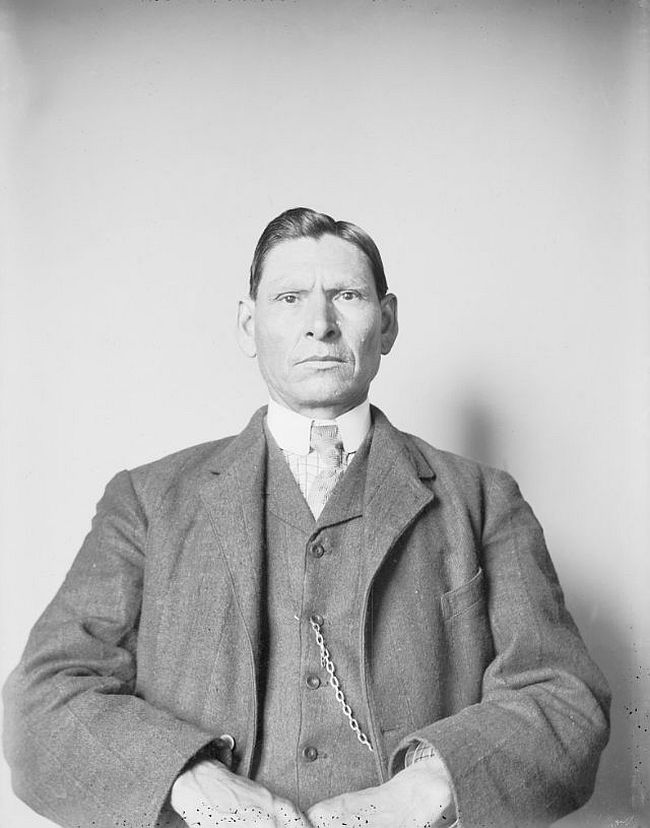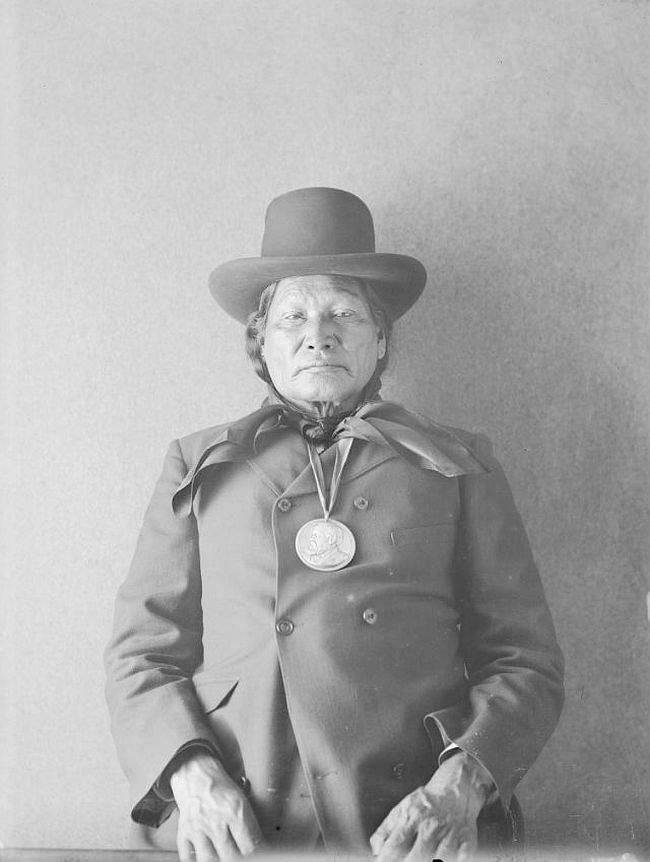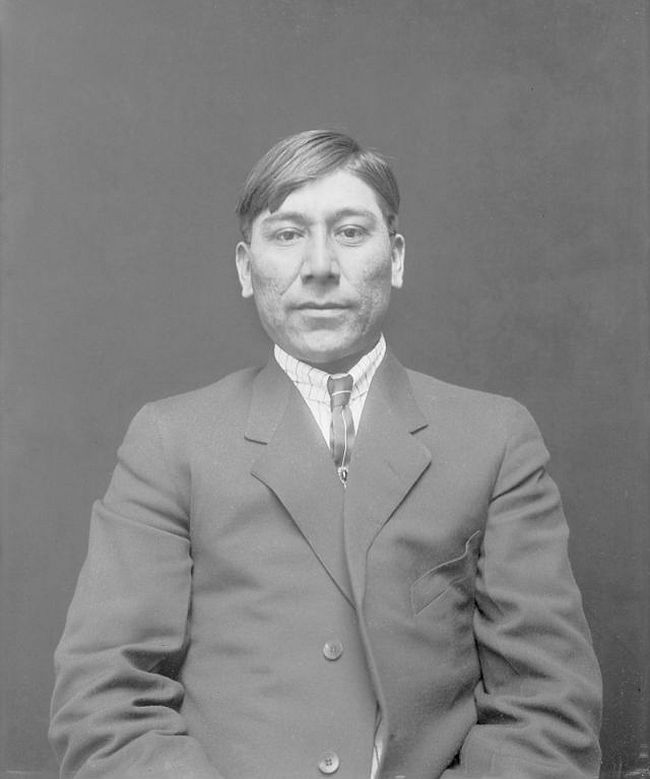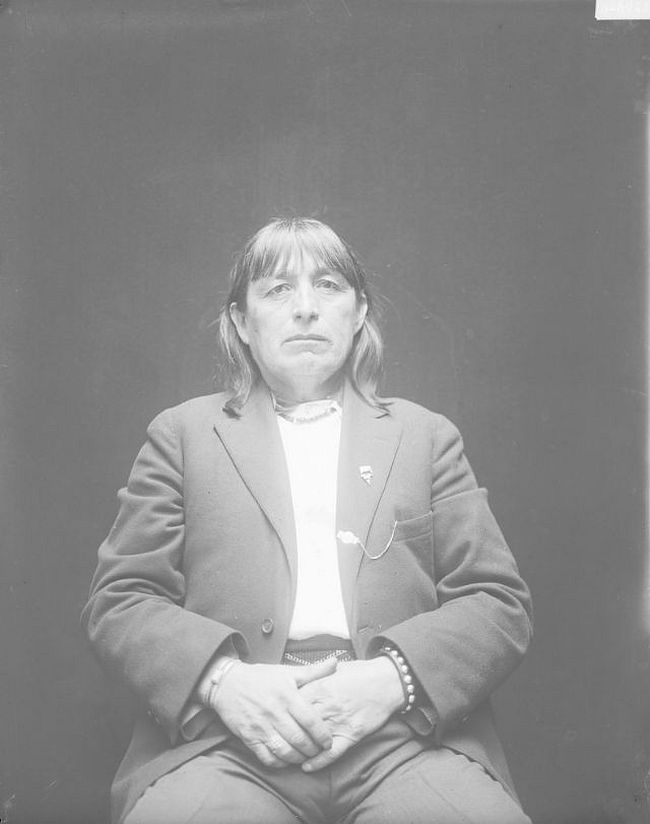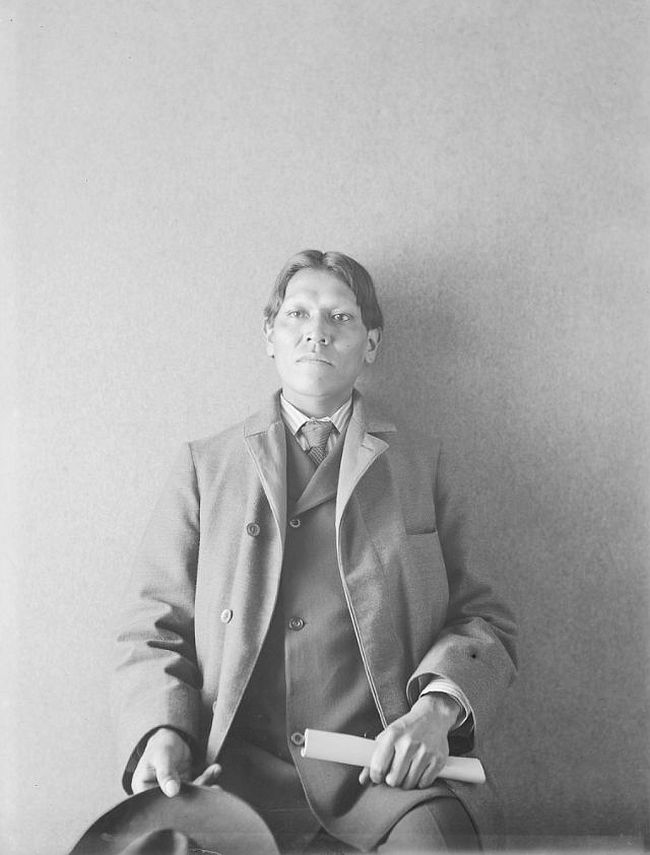Forced assimilation is a process of forced cultural assimilation of religious or ethnic minority groups, into an established and generally larger community. This presumes a loss of many characteristics which make the minority different. The Native Americans suffered both ethnic and religious assimilation. The assimilation process took place between the years 1790 and 1920.
George Washington and Henry Knox were the first people to propose americanization of the Native Americans to Euro-American ways. In 1887 the Dawes act was formulated. This act was formulated to “encourage” Native Americans to assimilate. What they used to bribe the Native Americans was citizenship, land and education.
In exchange for these things, the Native Americans had to give their culture and religious views. After the Indian wars were over, it became illegal for Native Americans to practice traditional native american ceremonies. The Native Americans that decided to become citizens were treated unfairly. Their children were taken away from them, and they were sent off to boarding schools. The boarding schools that the Native Americans were sent to, were typically ran by missionaries.
At these boarding schools they were forced to go to church, speak only English, learn standard subjects, and never revisit their old tribal ways. They were given new Euro-American clothing, haircuts, and names.
By 1902, there were more than 25 boarding schools across the nation, and about 6000 Native Americans were enrolled. There are cases of mental, physical, and sexual abuse inflicted on the Native Americans. A quote by Henry Pratt: “A great general has once said, the only good Indian is a dead one, I agree with the sentiment, but only this. Kill the Indian in him and save the man.”
These portraits, made by Smithsonian staff photographers in the early 20th century, are an eye-level view of the assimilation process in action.
via vintag.es

